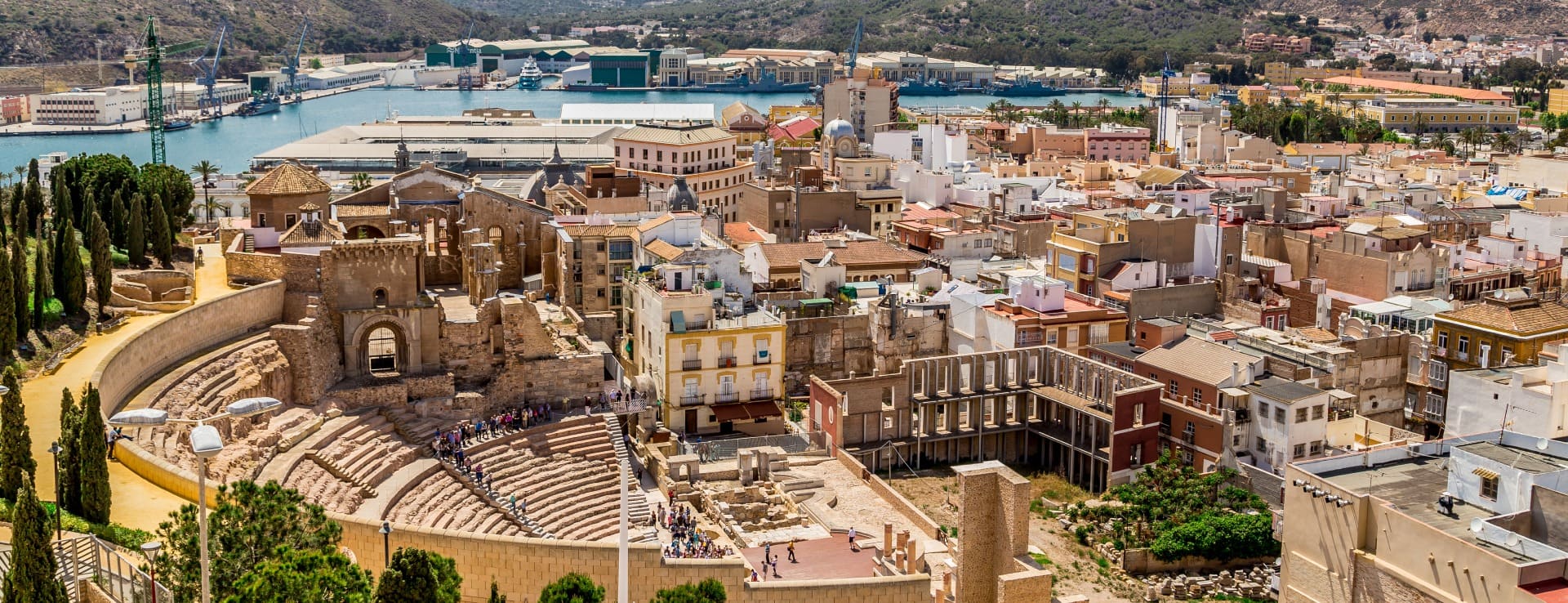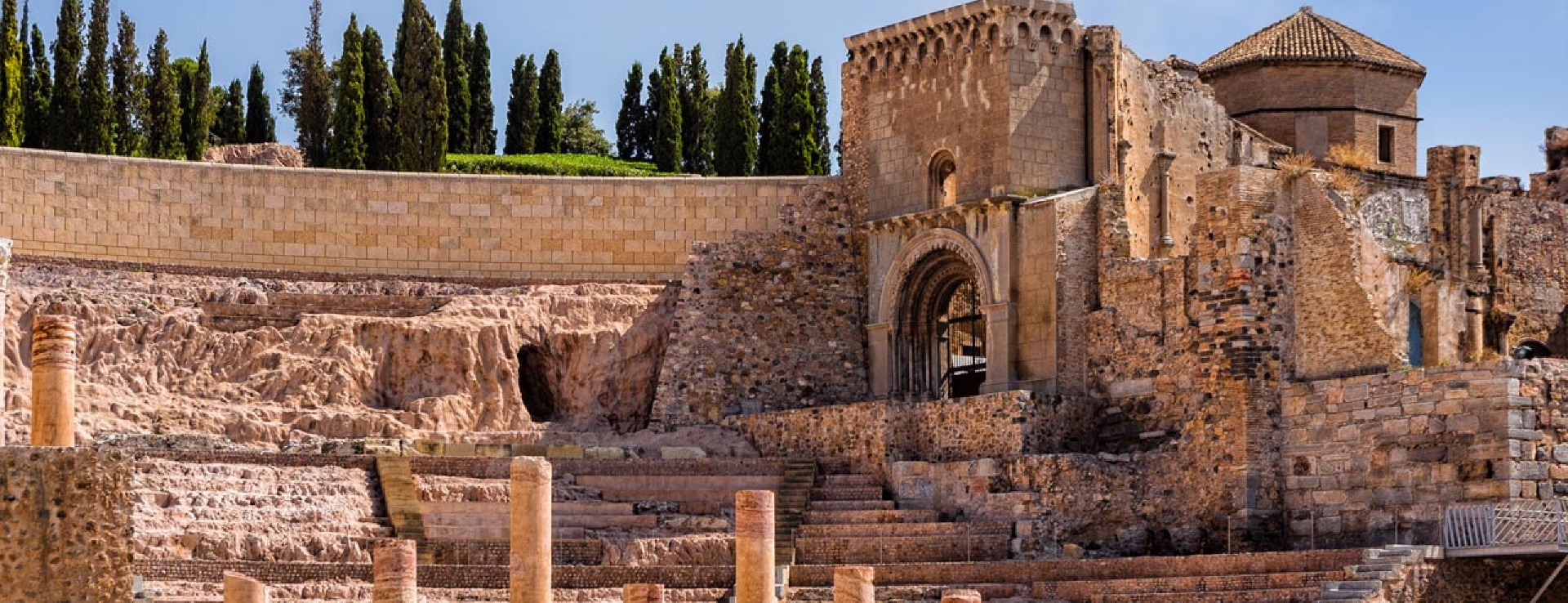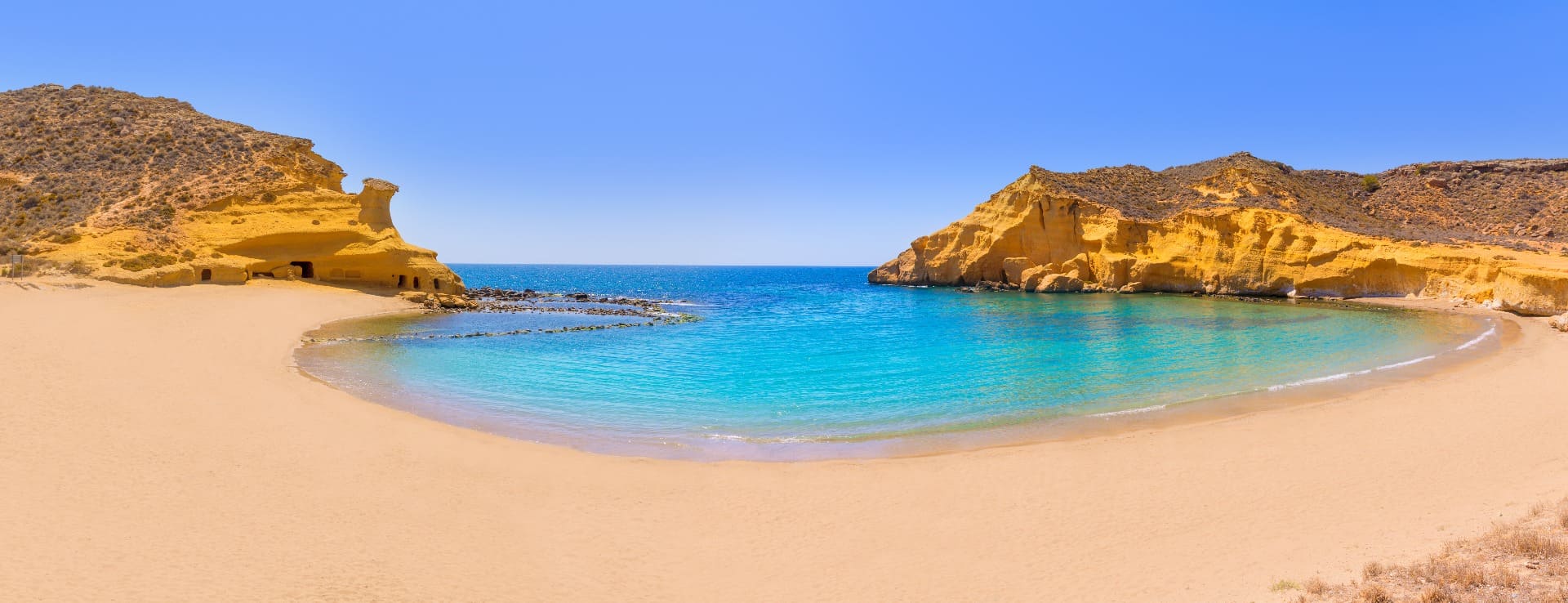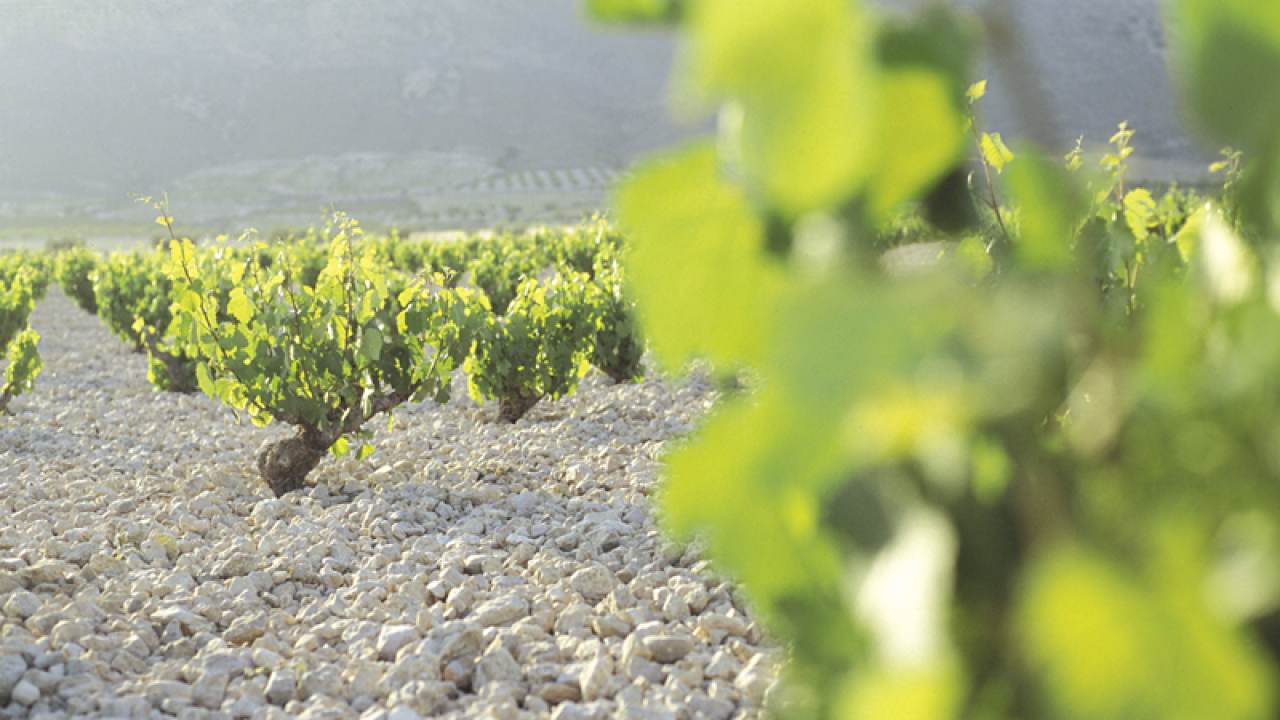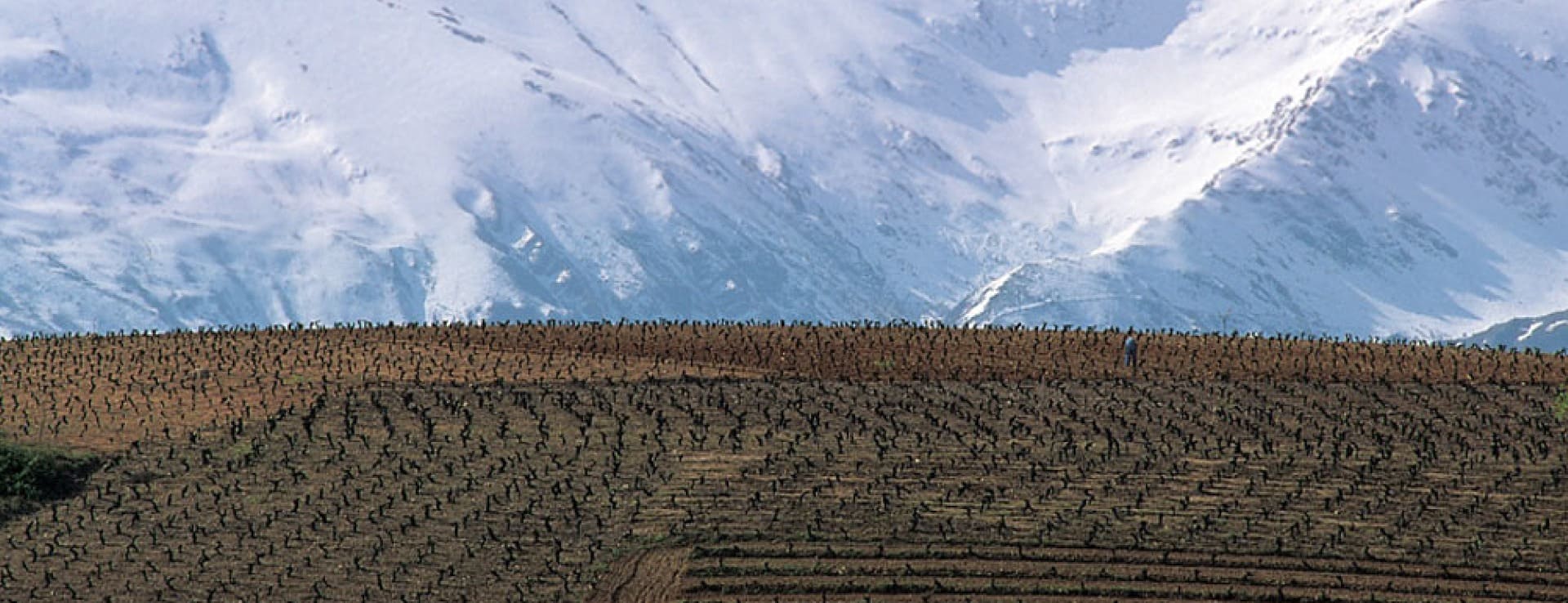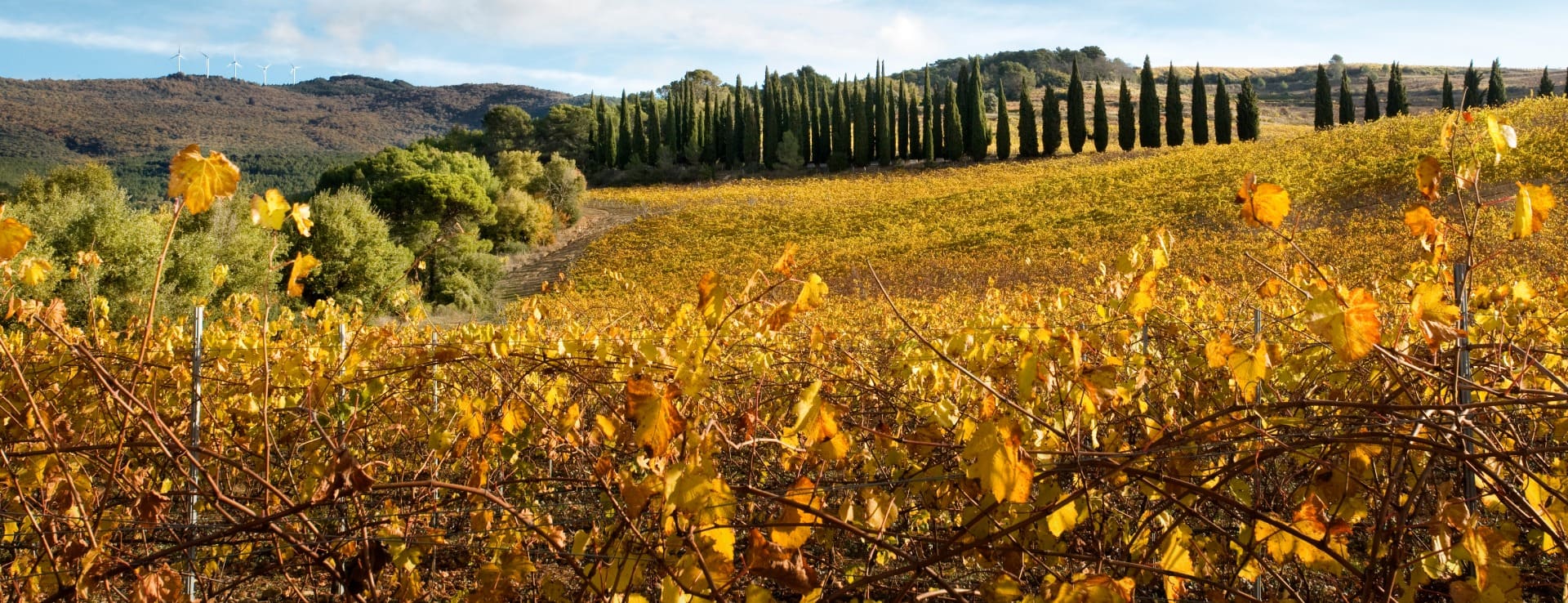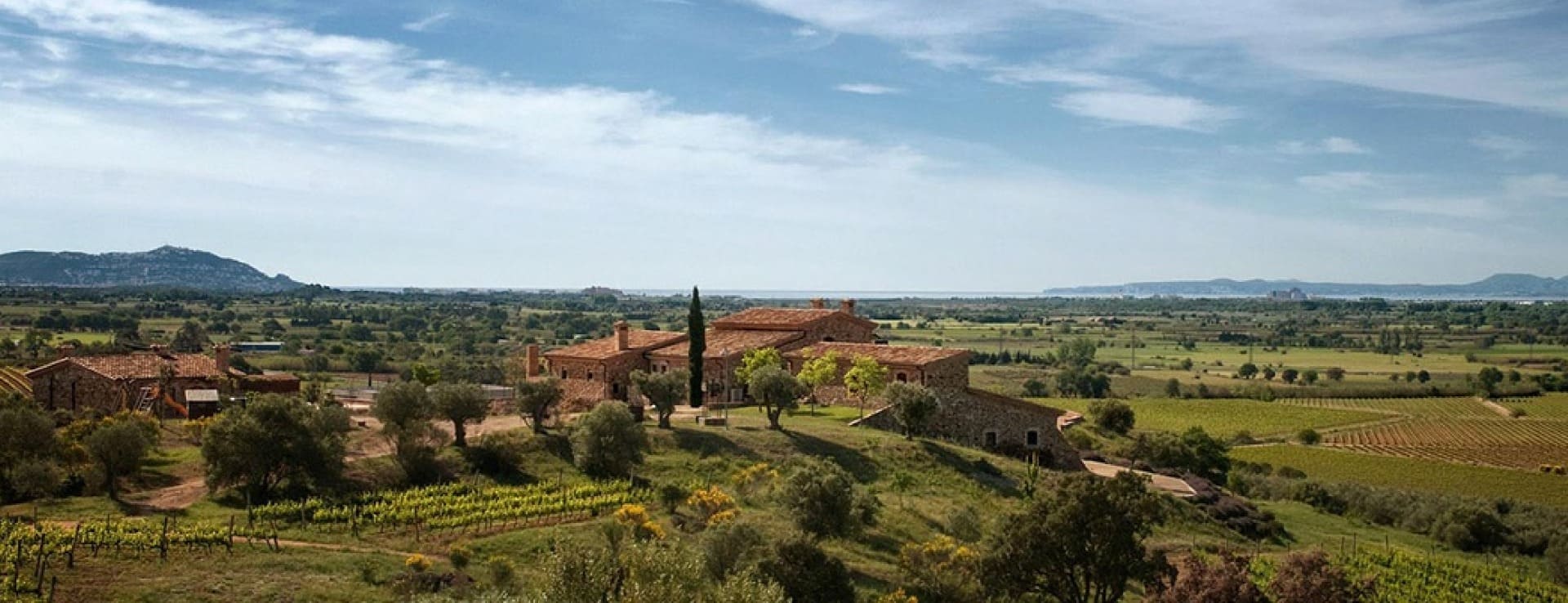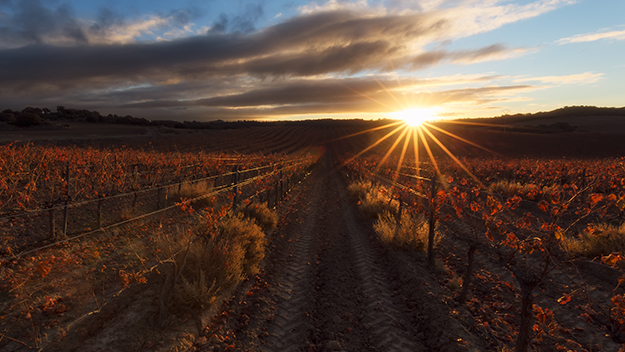Find your winery or vineyard
5 Wineries and Vineyards for sale in Murcia
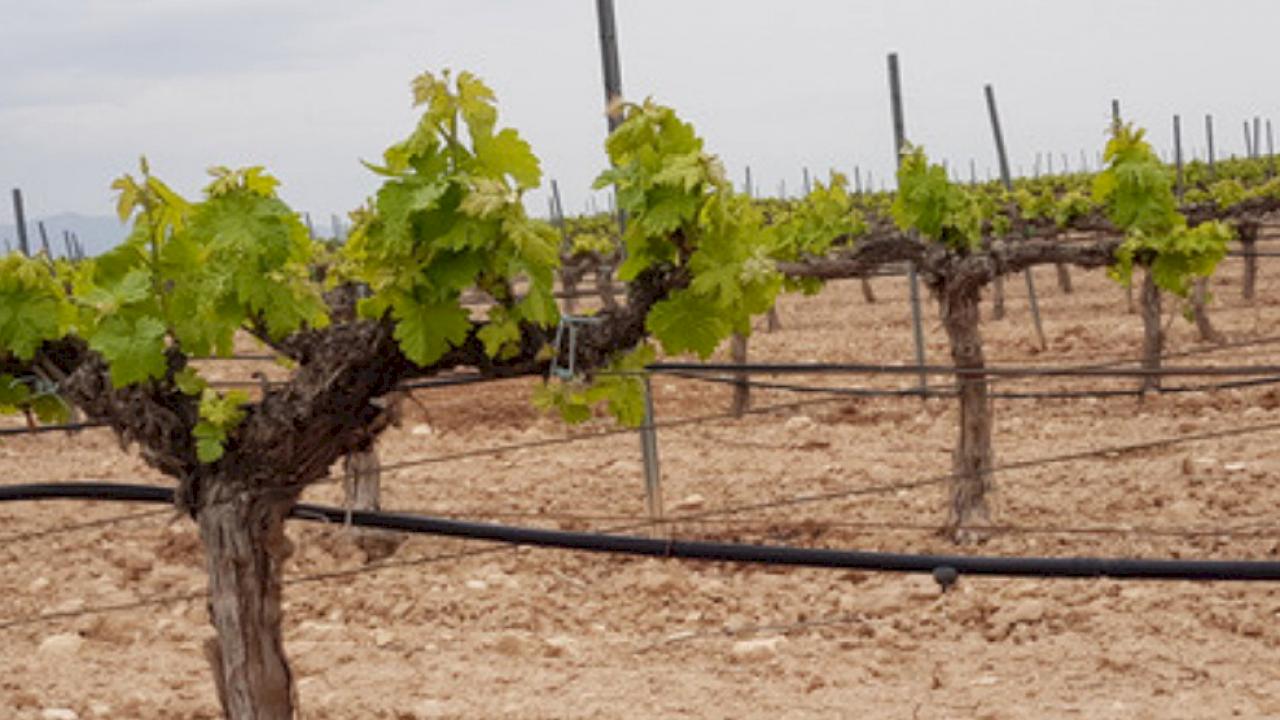
Winery with 250 hectares of vineyards, olive groves and almond trees
DO Jumilla

Small winery of organic production
Organic winery with 5 hectares of vines situated in a unique location.
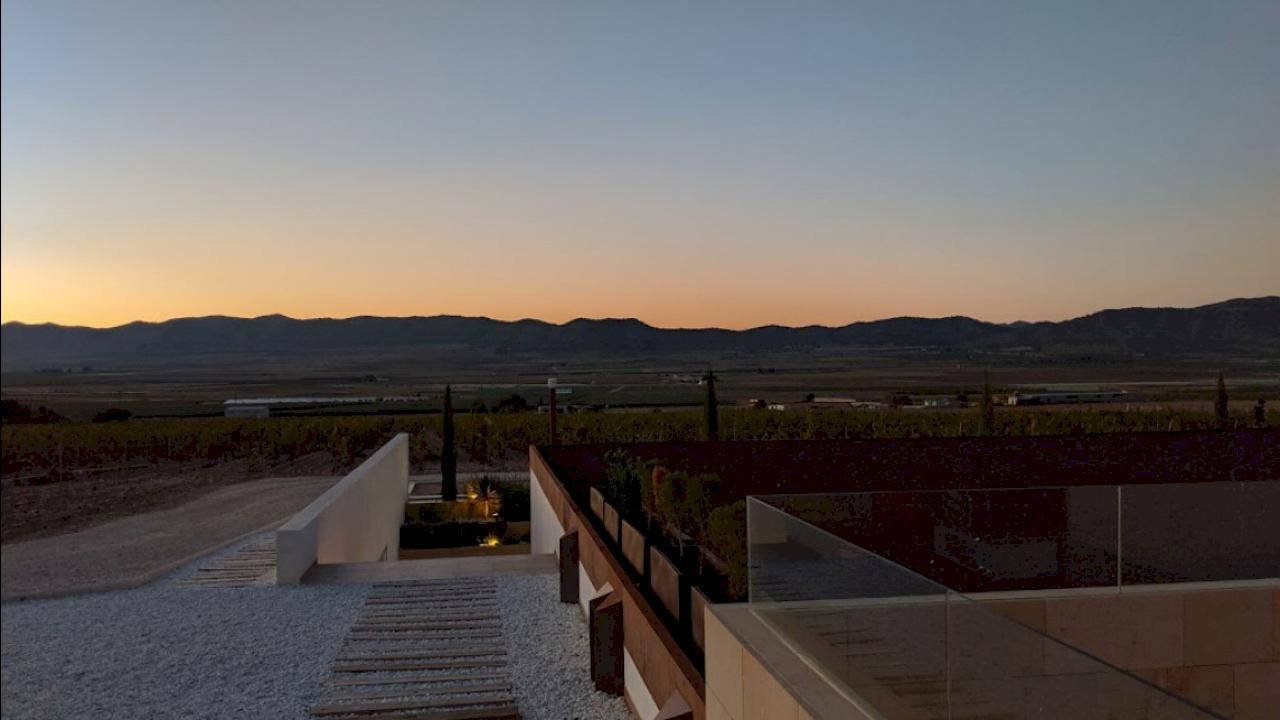
Hotel with winery for events
Construction of a 3,000 m2 hotel and winery with 13 ha of vineyards and 1 ha of olive groves
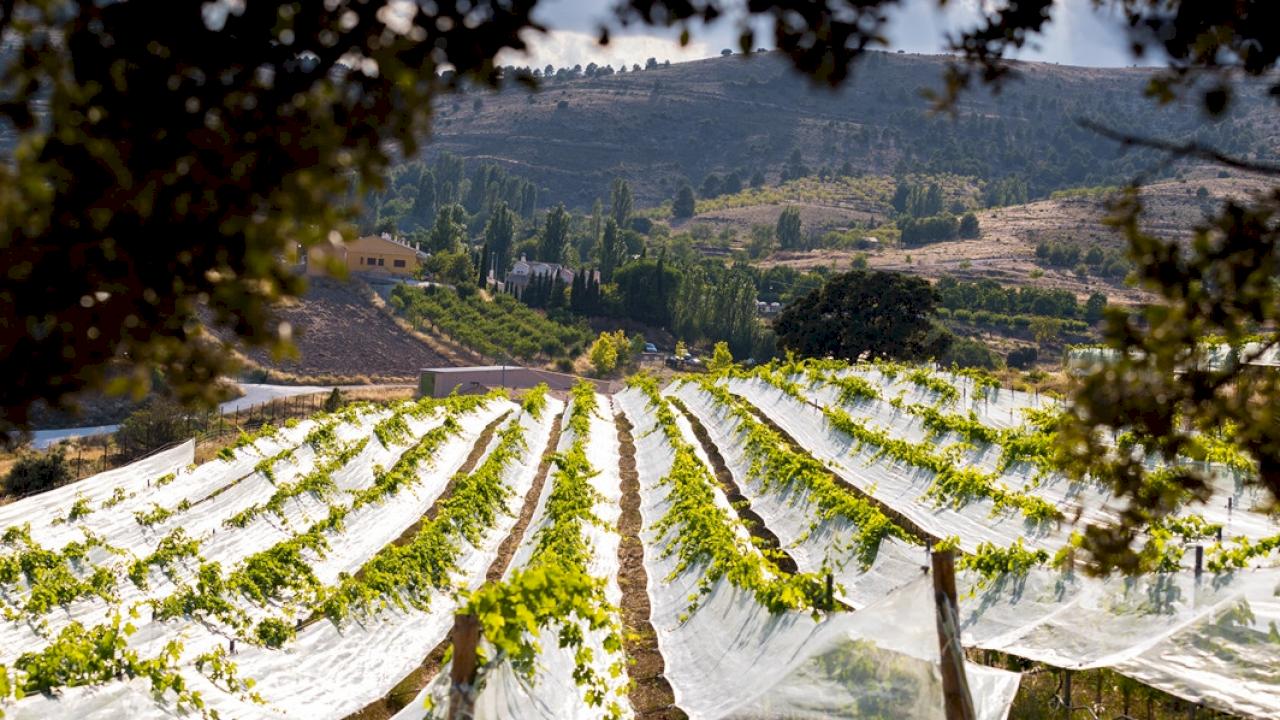
Winery and house with 2.5 hectares of vineyard, high-altitude and high-quality wines.
Murcia Mountains
Infographic of the Denomination of Origin
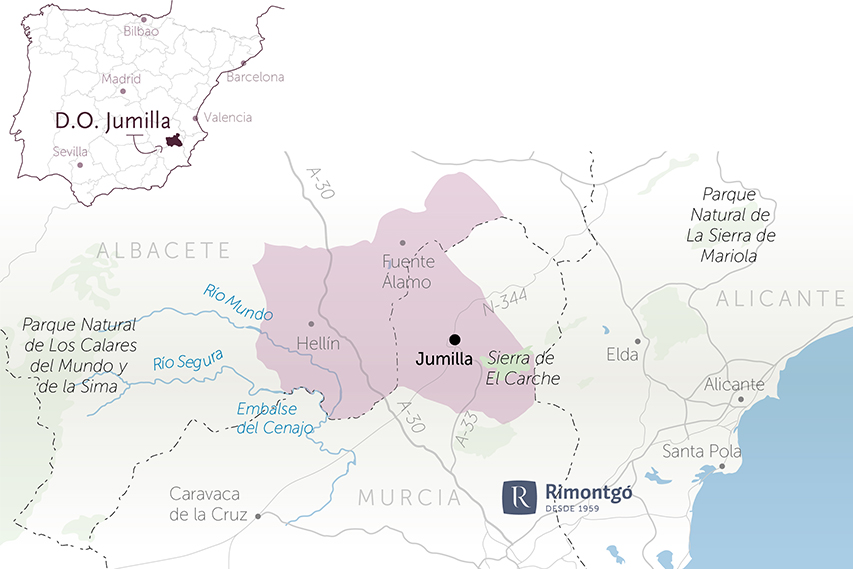
Change to imperial units (ft2, ac, °F)Change to international units (m2, h, °C)
D.O. year of foundation:
1994
Number of wineries (2017):
42
Total surface area:
23.500 ha58.069 ac
Maximum production allowed:
7.000 kg/ha6.245 lb/ac
Altitude of the vineyards:
Min: 600m
Max: 900m
Min: 1.969ft
Max: 2.953ft
Temperature:
Min: -4º
Max: 38º
Min: 25°F
Max: 100°F
Yearly hours of sun:
2.900
Yearly rainfall:
300 l/m228 l/ft2
Murcia
The Murcia region is an autonomous community composed of only one province. It is situated in the south west of Spain, bathed by the Mediterranean Sea and surrounded by Castilla La Mancha to the east, Andalusia to the south and the Valencian Community to the north. Its capital city is Murcia which is divided into 45 districts, highlighting Cartagena, Lorca, Molina de Segura and Caravaca de la Cruz. Some of these extend over 1,000km2 in size.
HISTORY OF WINE
In Murcia, the Iberian town inherited cereal cultivation, oil and the vine. Its wine loving successors, the Greeks, left their mark in the amphorae found in a town near Jumilla, just as the Romans did. However, during the time of the Arab invasion and the Middle Ages, many vineyards were destroyed. The Castillo de Jumilla, which was constructed by Marqués de Villena and the Duke of Escalona, is one of the most outstanding in these lands.
With the abolition of rules in Spain in the first third of the 19th Century and the expropriation of Mendizábal in 1836, plantations increased. At the end of the 19th Century the vineyards are in the Golden Age, specifically in the Jumilla and Yecla areas. The phylloxera plague in France opens a large market, even though the start of the 20th Century it would reach the area also, it would be seen that modernization was necessary. It is from 1950 when the wine sector reemerges.
WINES AND WINERIES
The most important vineyards in Murcia are found in the Jumilla, Bullas and Yecla municipalities, which produce wine with a Designation of Origin. The most famous are the red Monastrell wines. Rimontgó deals with different wineries for sale within these areas.
Within the most important wineries, the following are highlighted: the Bodegas Herederos de Juan Gil, with its praised wines, Clio and El Nido; Bodegas Casa de la Ermita, which has very professional facilities; and Bodegas Luzón, the third most important in the Jumilla region. Then there are Bodegas Bleda, (wine producer since 1915), Bodegas Hacienda del Carche (with its wines Escarche and Infiltrado),Bodegas Viña Elena (wines and olive oil) and Bodegas San Isidro (wines without sulphites). In Yecla, wineries such as Bodegas Castaño (wines and olive oil), Bodegas Barahonda (since 1925) and Winery On are worth mentioning as their label designs areunique.
POINTS OF INTEREST
Murcia is famous for its large orchard areas, a motive to eat especially well there, on account of the great fruit and vegetables. The Sierra Espuña National Park is the largest environmental area. It also boasts of unspoilt spaces on the coast such as the Calblanque Natural Park and Puntas de Calnegre, and a place with a unique name: the salty lagoon known as Mar Menor. The Costa Cálida has up to 31 blue flags.
Regarding Murcia´s cultural heritage, it is worth mentioning the collection of 72 caves, which have been declared a world heritage site. There are beautiful castles in Moratalla, Jumilla, Mula, Aledo and Lorca. Meanwhile, in Cartagena many Roman remains can be found, and the Salzillo de Murcia Museum is home to important religious sculptures. The town of Caravaca de la Cruz is a place of pilgrimage, having the privilege of celebrating Año Jubilar (Jubilee Year), while the Holy Week processions in Lorca are festivities with an international touristic interest. The International Festival of Cante de las Minas (Singing of the Mines), which is celebrated in La Union (a municipality), is one of the most important flamenco dates in the world, and during the summer takes place the Fiestas de la Vendimia (the Harvest Festivities) in Jumilla.
Discover more wineries and vineyards for sale in these wine regions in Spain
Subscribe to our mailing list to receive news about wineries and vineyards.

